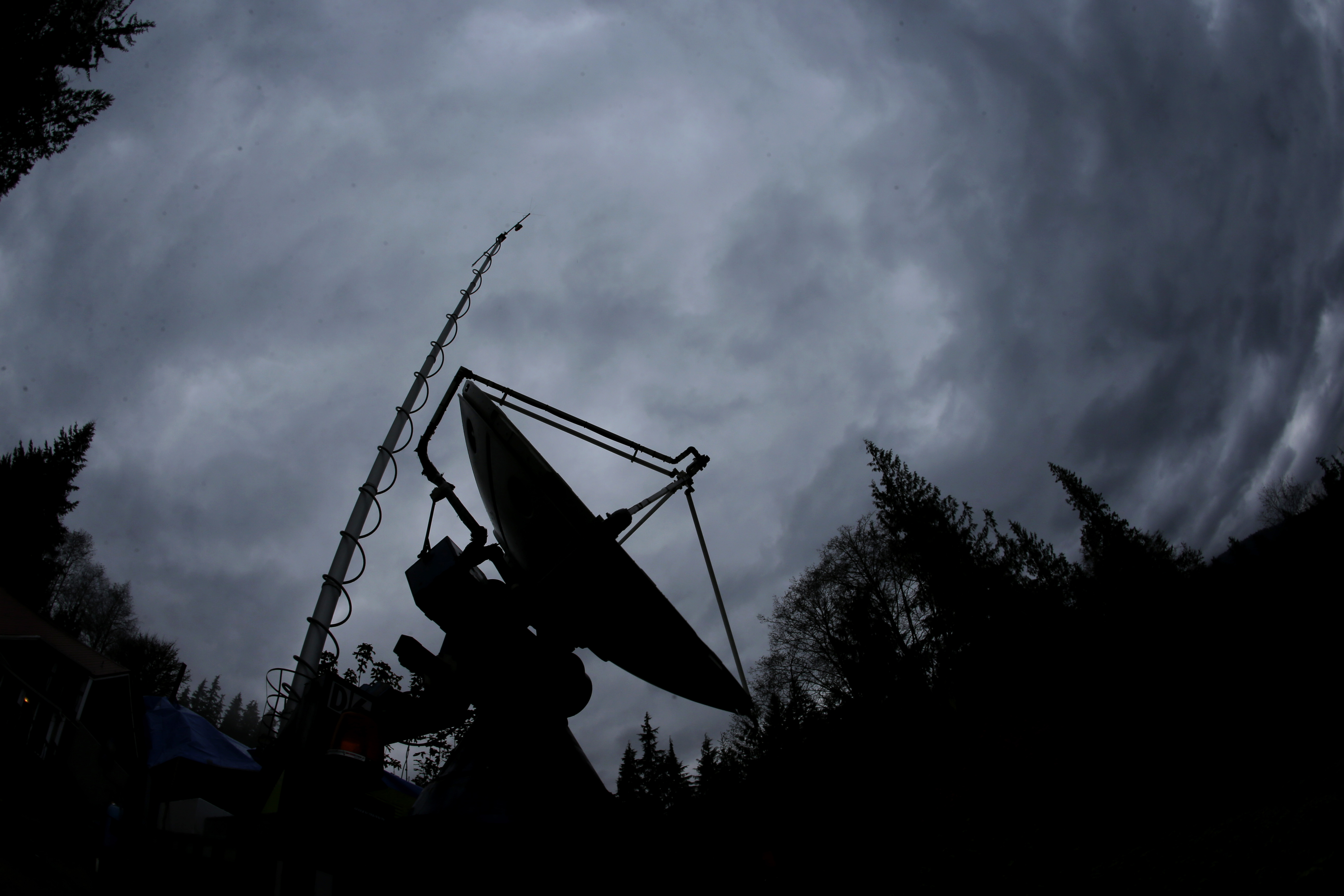Five key provisions in the just-signed 2022 intelligence authorization bill
The latest intel authorization bill carries implications for security clearance reform, commercial geospatial-intelligence imagery efforts and what kind of work...
The 2022 Intelligence Authorization Act hitched a ride on the $1.5 trillion omnibus spending bill signed into law by President Joe Biden on Tuesday.
The bill authorizes funding for intelligence agencies, provides new legal authorities for priorities like emerging technologies, enacts new restrictions in some cases and gives Congress some additional oversight measures. Here are some highlights from the 2022 bill:
Progress wanted on Trusted Workforce 2.0
The legislation requires the director of national intelligence and the director of the Office of Personnel Management to publish a “policy with guidelines and standards for Federal Government agencies and industry partners to implement the Trusted Workforce 2.0 initiative” in the Federal Register within six months.
The initiative is aimed at streamlining and updating government-wide security clearance policies, and the Biden administration sees it as a banner year for the reform effort.
But Congress clearly wants to see more progress on Trusted Workforce 2.0, which started during the Trump administration. The bill directs an independent study of the 2.0 effort, including an appraisal of “how effective such initiatives are or will be in determining who should or should not have access to classified information.”
New program office for commercial geospatial data
Intelligence agencies were directed to consider commercial satellite remote sensing capabilities and services before they turn to governmental systems as part of the Fiscal Year 2021 National Defense Authorization Act.
The 2022 intelligence bill takes the commercial-first focus a step further by directing the National Reconnaissance Office and the National Geospatial-Intelligence to develop a plan for establishing an “integrated commercial geospatial-intelligence data program office” within 90 days.
Both the NRO and NGA have made efforts to work more closely with the burgeoning commercial satellite industry. The NGA is already working on a commercial systems buying guide for use across the intelligence community, the Defense Department and other federal agencies.
The intelligence bill sketches out how the integrated data program office will be housed within the NRO, which is responsible for purchasing commercial space imagery. But the bill also indicates the agencies should plan for the office to be embedded with NGA personnel, as it’s the agency responsible for setting geospatial-intelligence requirements as the government’s “functional manager” for GEOINT.
Strengthening protections for IC whistleblowers
The new law also strengthens protections for intelligence community whistleblowers by ensuring standard protections apply for employees across all agencies. It also clarifies that whistleblowers are protected from having their clearance revoked for reporting mismanagement, even if it’s not “gross mismanagement.”
The bill also clarifies that the inspectors general have the “sole authority” to determine whether any complaint or information is a matter of “urgent concern.”
But the final bill also left out several protections that were included in the Senate’s initial version of the bill, including language that would have explicitly provided whistleblowers the ability to contact the congressional intelligence committees.
“On the whole, these are a step in the right direction,” Melissa Wasser, policy counsel at the Project on Government Oversight, said on the Federal Drive with Tom Temin last week. “We’re going to have to figure out next steps for including those fixes that were not included this time.”
Data sharing on unidentified aerial phenomena
After directing the establishment of a formal Unidentified Aerial Phenomena office as part of the FY 22 NDAA, lawmakers directed more action on the unidentified flying objects front in this year’s intelligence bill.
Specifically, the new law directs the DNI and the secretary of defense to require that “each element of the intelligence community and component of the Department of Defense with data relating to unidentified aerial phenomena makes such data available immediately” with the Navy’s UAP task force, as well as the National Air and Space Intelligence Center at Wright-Patterson Air Force Base, Ohio.
The bill also directs the UAP task force or the successor entity to report to Congress on all new unidentified aerial phenomena events going forward.
New post-employment restrictions
The legislation enacts new restrictions on certain intelligence agency officials seeking work as a contractor for a foreign government after they leave the intelligence community.
It includes a 30-month cooling off period for employees who occupy particularly sensitive positions at U.S. intelligence agencies. During that time, the new law prohibits such employees from working directly or indirectly for foreign governments on work related to national security, intelligence, the military, or internal security.
The bill allows the Director of National Intelligence to issue a waiver on the 30-month prohibition on a case-by-case basis.
Employees who do accept such jobs would also have to report on their employment to their former agency annually for at least five years from when they left their U.S. intelligence position.
The new restrictions were spurred on by reporting from Reuters that revealed former U.S. intelligence officials helped the United Arab Emirates surveil other governments, human rights activists and even some Americans.
Copyright © 2025 Federal News Network. All rights reserved. This website is not intended for users located within the European Economic Area.
Follow @jdoubledayWFED






